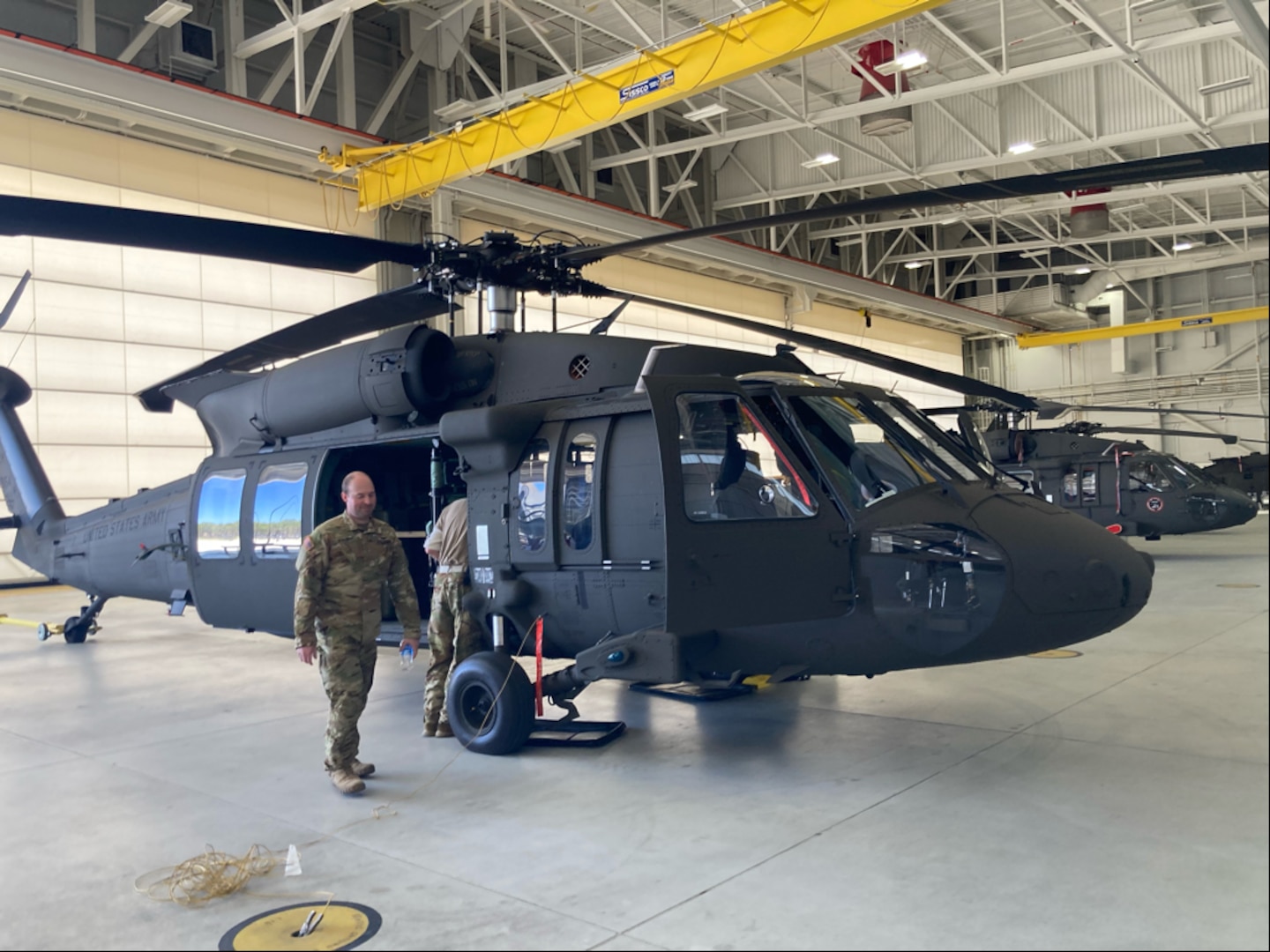Discovering the Thrills and Innovations of the Blackhawk Helicopter
The Blackhawk helicopter stands as a testimony to military air travel's advancement, merging technological innovations with functional applications. What lies in advance for this legendary airplane, and exactly how will emerging modern technologies form its future in military operations?
Background of the Blackhawk Helicopter
Because its creation in the 1960s, the Blackhawk helicopter has played an essential function in contemporary armed forces air travel. Developed by Sikorsky Airplane, the UH-60 Blackhawk was created to fulfill the U.S. Military's requirement for a functional energy helicopter with the ability of doing a range of objectives, consisting of army transportation, medical discharge, and freight airlift. The layout was a response to the limitations of earlier helicopters, specifically in regards to rate, ability to move, and survivability.
The Blackhawk made its initial flight in 1974 and quickly went into solution in 1979. Its introduction noted a considerable innovation in helicopter technology, including a two-rotor system that improved efficiency and security. The aircraft's rugged building and progressed avionics allowed it to operate efficiently in varied atmospheres and problems.
Throughout the years, the Blackhawk has been continually upgraded, incorporating lessons picked up from numerous combat circumstances. Its implementation in disputes such as the Gulf War, Somalia, and the War on Fear additional solidified its track record as a crucial asset. The Blackhawk's tradition is characterized by its adaptability and strength, making it a cornerstone of military air travel for decades.
Trick Functions and Specs
The Blackhawk helicopter is identified by its robust design and progressed technical functions, which jointly enhance its functional abilities. Designed primarily for energy missions, the Blackhawk flaunts an optimum departure weight of around 22,000 extra pounds, enabling it to lug significant payloads while keeping agility.
Equipped with two General Electric T700-GE-701C engines, the Blackhawk attains a maximum rate of around 183 knots and a variety of 368 maritime miles - Blackhawk Helicopter. Its advanced blades system features a four-blade major blades and a four-blade tail rotor, ensuring stability and ability to move in various flying problems
The helicopter's cabin can accommodate approximately 11 troops or various cargo setups, showcasing versatility in objective accounts. In addition, the Blackhawk is made with advanced avionics, consisting of electronic trip controls and an extensive cabin display, improving pilot situational recognition.
For improved survivability, the Blackhawk integrates ballistic shield and self-sealing gas tanks. Its capability to operate in diverse atmospheres, from deserts to icy surfaces, further solidifies its online reputation as a trustworthy platform for armed forces and altruistic procedures alike. The Blackhawk's mix of resilience, power, and versatility makes it a cornerstone of modern airborne capacities.
Improvements in Modern Technology
Developments in modern technology have actually substantially enhanced the abilities of the Blackhawk helicopter, guaranteeing it remains at the center of army air travel. One of the most significant improvements is the combination of advanced avionics systems, which provide improved situational recognition with real-time data handling and screen. This innovation enables pilots to navigate intricate atmospheres better, improving goal success rates.

Furthermore, the intro of electronic fly-by-wire systems has actually transformed the control systems of i loved this the Blackhawk, providing smoother handling and enhanced responsiveness. Collectively, these technological innovations guarantee that the Blackhawk helicopter continues to be an important asset in modern-day armed forces procedures.
Roles in Military Workflow
With advanced modern technology enhancing its abilities, the Blackhawk helicopter plays a complex role in military procedures. Mainly, it is utilized for army transport, allowing rapid implementation and removal of employees in various combat situations. Its large cabin can suit up to 11 troops, making it a crucial possession for unique procedures and large goals.
Additionally, the Blackhawk acts as a medevac system, furnished to carry injured soldiers swiftly and successfully from the combat zone to clinical facilities - Blackhawk Helicopter. Its versatility extends to logistical support, where it carries supplies and equipment critical for maintaining armed forces operations in remote areas

The helicopter is also important in reconnaissance goals, supplying aerial surveillance and intelligence-gathering capabilities. Its ability to operate in diverse atmospheres-- varying from city settings to extreme terrains-- more strengthens its significance on the field of battle.
Moreover, the Blackhawk can be outfitted with innovative weaponry, allowing it to engage in battle and offer close air assistance. This flexibility highlights the helicopter's indispensable role in modern-day armed forces strategies, making it an essential component of armed pressures worldwide.
Future Dopes and Innovations
Improvements in innovation assurance to usher in a new age for the Blackhawk try this site helicopter, boosting its capabilities and functional efficiency. Future growths for the Blackhawk may include enhancements in avionics, such as advanced flight control systems and enhanced situational recognition devices powered by synthetic intelligence.
Furthermore, the combination of unmanned systems is on the perspective, possibly permitting manned-unmanned teaming operations that can broaden mission profiles and lower risk to workers. The Blackhawk's design is also expected to incorporate lighter and stronger products, improving fuel efficiency and general efficiency.

Final Thought
In conclusion, the Blackhawk helicopter represents a substantial achievement in military air travel, characterized by its versatility and progressed technological features. Its historical evolution reflects a consistent feedback to functional needs, improving capabilities in numerous duties such as army transportation and medevac procedures. Ongoing developments, consisting of the assimilation of artificial intelligence and hybrid-electric propulsion, guarantee to additional strengthen the Blackhawk's effectiveness and significance in future army engagements, ensuring its standing as a crucial property on the battlefield.

With sophisticated innovation boosting its capacities, the Blackhawk helicopter plays a complex role in military procedures. (Blackhawk Helicopter)